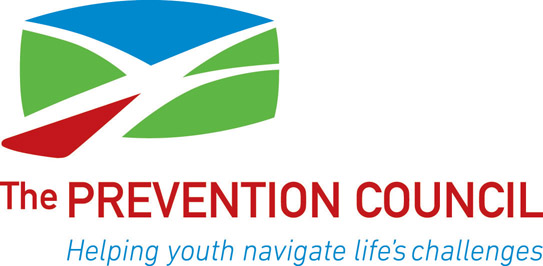Reader’s View
The Saratogian
Monday, May 13, 2013
Editor’s note: The Saratogian is collaborating with the Prevention Council as part of National Prevention Week. This week-long observance will cover the topics of under-age drinking, prescription drug use, the teenage brain, hosting underage parties, suicide prevention, and the relevance of mental, emotional, and behavioral health to substance use and abuse.
Prescription drugs have become the hot new thing because they’re cheap, they’re easy to come by and kids think they’re safer than street drugs. But nothing could be further from the truth. The way prescription medications are being abused and combined for non-medical purposes is one of the scariest trends in teen culture today.
By the time they get to high school, teens who are inclined toward drug use say they’re bored with the usual ways to get high. They’re willing to experiment with different combinations of drugs to find new ways to chase that thrill. Popping pills is bad enough, but combining different medications and adding alcohol to the mix can have disastrous results.
According to figures provided by the Center for Disease Control and Prevention, 91 percent of all unintentional poisoning deaths were caused by drugs, with prescription painkillers involved most often. For children, emergency room visits from medication poisonings happen twice as often as poisonings from other household products.
But even without poisonings or overdoses, there is serious cause for concern.
Prescription drugs are gateway drugs for later use of heroin, cocaine and other street drugs. What begins as experimentation can easily lead to serious, life-changing addiction problems down the line.
The prescription medications we hear about most at the Prevention Council are painkillers such as Oxycontin, Oxycodone and Vicodin, and anti-anxiety drugs like Xanax. These drugs are not only addictive, but they’re widely prescribed, and combined with alcohol, very dangerous. They cause 26,000 deaths a year according to estimates by the Prescription Monitoring Program Center of Excellence at Brandeis University.
In local focus groups, Saratoga County teens have told us they also use drugs like Ritalin to help focus on school work. The good news is that in previous surveys, administered by the Prevention Council to 7-12 graders every other year, only a small number of teens report using prescription drugs regularly. Experimentation, however, is happening on a larger scale, with the number of kids who say they’ve “ever” tried prescription drugs for recreational purposes ranging from 15-25 percent over the past few years. (Saratoga Springs’ most recent student survey results will be released Tuesday night, May 14)
It only takes one wrong drug combination to have lethal results: think on the celebrity level of Michael Jackson, Whitney Houston, Anna Nicole Smith, or Heath Ledger. Medication abuse is real, and it doesn’t only affect teens. It’s an issue for adults as well.
Both nationally and locally, we’ve begun to take action. The Drug Enforcement Administration (DEA) began hosting nationwide prescription drug take-back days in 2010. Locally, these events take place twice a year in Saratoga Springs, Clifton Park and Mechanicville. At the most recent drug drop day on Saturday, April 27, these three sites joined thousands of others around the county to dispose of 371 tons of unused, unwanted, or expired medications. According to the DEA website, that’s double the amount of drugs collected at the September 2012 drug drop.
We are very grateful to our friends in law enforcement for these efforts, and also for making it possible to drop drugs easily and anonymously year-round at the Waterford Police Department (for Waterford residents only) or at the State Troopers barracks in Latham, which both have drop-boxes available 24/7 for this purpose. For specific details, go to www.dec.ny. gov/chemical/63826.html#Upper.
Our goal is not to disparage prescription medications across the board. For people with chronic pain or anxiety, they are indispensable. But once available, these drugs are prone to misuse.
We need to work within our individual families and communities to combat the problem. We need to educate our children about the dangers of prescription medications, and our school and medical personnel about how to recognize the signs of abuse. And we need to do our part to keep prescription drugs out of the wrong hands by locking them up and getting rid of them when they’ve served their intended purpose.
Tomorrow’s topic will be the teenage brain. For more information, go to www.preventioncouncil. org.
Heather Kisselback
Executive Director
The Prevention Council
